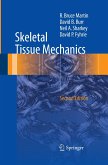
Broschiertes Buch
2. Aufl.
3. November 2015
Springer / Springer New York / Springer, Berlin
978-1-4939-3708-0
| Gebundenes Buch | 89,99 € | |
| eBook, PDF | 65,95 € |
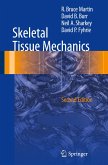
Gebundenes Buch
2. Aufl.
3. November 2015
Springer / Springer New York / Springer, Berlin
978-1-4939-3001-2
Ähnliche Artikel
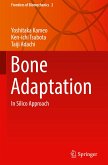
Gebundenes Buch
In Silico Approach
1st ed. 2018
29. Januar 2018
Springer / Springer Japan / Springer, Berlin
978-4-431-56512-3
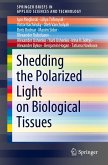
Broschiertes Buch
1st ed. 2021
April 2021
Springer / Springer Nature Singapore / Springer, Berlin
978-981-10-4046-7
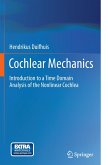
Broschiertes Buch
Introduction to a Time Domain Analysis of the Nonlinear Cochlea
2012
23. Februar 2014
Springer / Springer New York / Springer, Berlin
978-1-4899-9173-7
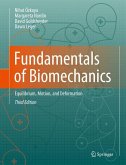
Broschiertes Buch
Equilibrium, Motion, and Deformation
3. Aufl.
20. Oktober 2014
Springer / Springer, Berlin
978-1-4899-9378-6
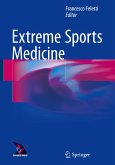
Gebundenes Buch
1st ed. 2017
30. September 2016
Springer / Springer International Publishing / Springer, Berlin
978-3-319-28263-3
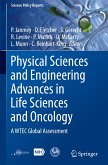
Gebundenes Buch
A WTEC Global Assessment
1st ed. 2016
28. November 2015
Springer / Springer International Publishing / Springer, Berlin
978-3-319-17929-2
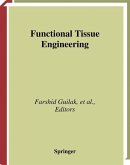
Gebundenes Buch
2003
9. Juli 2003
Springer / Springer New York / Springer, Berlin
978-0-387-95553-7
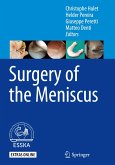
Gebundenes Buch
1st ed. 2016
19. April 2016
Springer / Springer Berlin Heidelberg / Springer, Berlin
978-3-662-49186-7
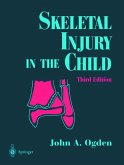
Broschiertes Buch
3. Aufl.
2. Mai 2013
Springer / Springer New York / Springer, Berlin
978-1-4757-8153-3
Ähnlichkeitssuche: Fact®Finder von OMIKRON
